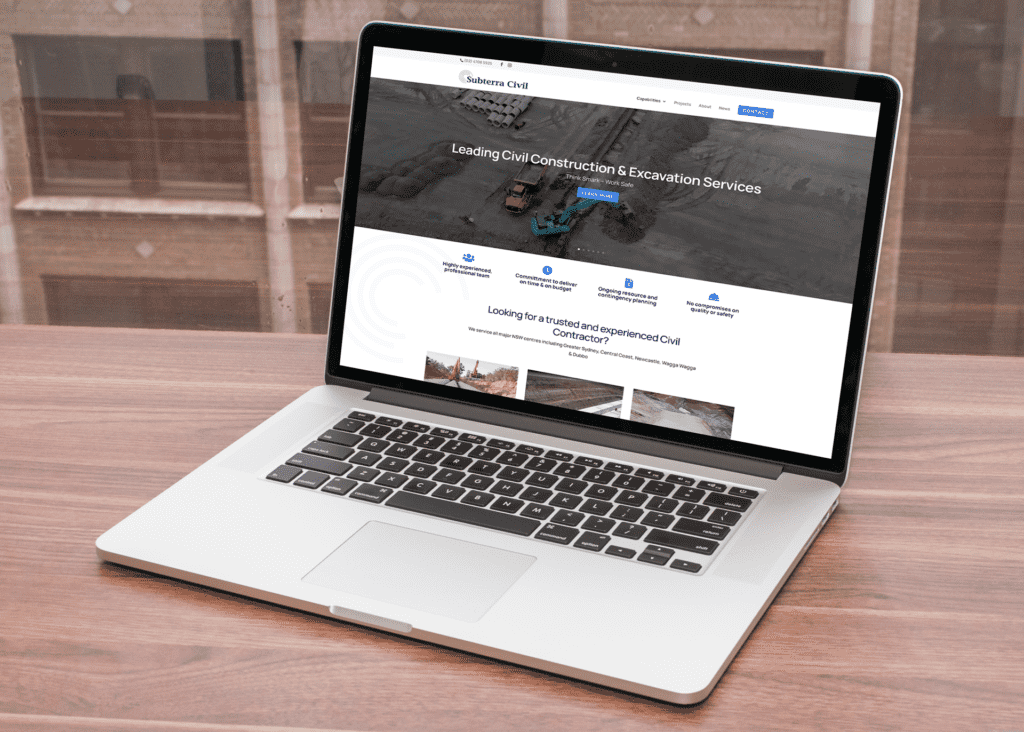Working near moving plant and machinery can be a high-risk activity. Care should always be taken to ensure the safety of persons working at or near locations where the plant is used. Systems of work and effective controls must ensure that no persons are at risk when working near or with moving plant. Exclusion zones can assist in ensuring the safety of workers where moving plant is in use.
What is an exclusion zone?
An exclusion zone is an area in the workplace where pedestrians, mobile plant and/or vehicles are not permitted. Establishing an exclusion zone eliminates the interaction between vehicles and pedestrians by designating exclusion zones.
Exclusion zones are commonly used in the construction industry. They are defined locations to prohibit the entry of personnel into danger areas, established through the risk assessment process for a construction activity.
Who do exclusion zones protect?
Exclusion zones and restricted zones are commonly used in the construction industry to keep people away from high risk activities including falling objects or moving plant and machinery. Typically, these zones are denoted by pedestrian barriers with statutory signage fixed on the barriers
What is a mobile plant exclusion zone?
An area that has been set up to identify the no go operating zone of mobile plant (minimum 5 metres). Exclusion zones should be identified by visible bollards or signage.
Methods for establishing exclusion zones must be identified as part of the Work Method Statement and Pre-work brief.
What does ‘authorised to enter an exclusion zone’ mean?
Authorising to enter an exclusion zone is case subjective, generally only the plant operator is to enter the exclusion zone unless:
• Visual and positive contact is maintained with the operator while the worker is in the zone.
• The mobile plant is stopped and implements are on the ground.
• The supervisor gives clear permission for the worker to enter the exclusion zone as per the WMS and Pre-work brief controls.
Controls that complement Exclusion zones:
Many accidents on construction sites have involved people sustaining serious injuries as a result of the lack of adequate control measures in place to prevent uncontrolled entry to the site or work area.
Injuries have resulted from plant not being rendered inoperable, people falling into open excavations and people being struck by falling objects. Construction sites also have many slip, trip and fall hazards.
The risk assessment should determine which control measures need to be implemented to ensure the security of the site. The control measures will further eliminate or control reasonably foreseeable risks during work and when the site or plant is left unattended.
The control measures implemented must be appropriate and effective. When determining which control measures to use, consider factors such as the nature of a particular hazard and ease of access by all persons.
The following control measures should be considered:
• exclusion zones that assist in iisolating the hazardous area by fencing, barricades or barriers, handrails and covers, or a combination of these
• backfilling as work progresses
• hazard warning lights, signs, markers or flags
• observers/spotters
• site security measures, including the use of safety observers or security personnel as well as perimeter fencing
• night lighting.
Subterra Civil are specialists in stormwater drainage installation and civil services throughout Sydney.
As TFNSW registered contractors, we provide our specialised civil construction services for Tier 1 and Tier 2 Contractors throughout NSW. We also provide a range of plant available for wet hire, as well as labour hire for stormwater drainage installations, detailed civil excavations, service conduits, roadworks and more.

